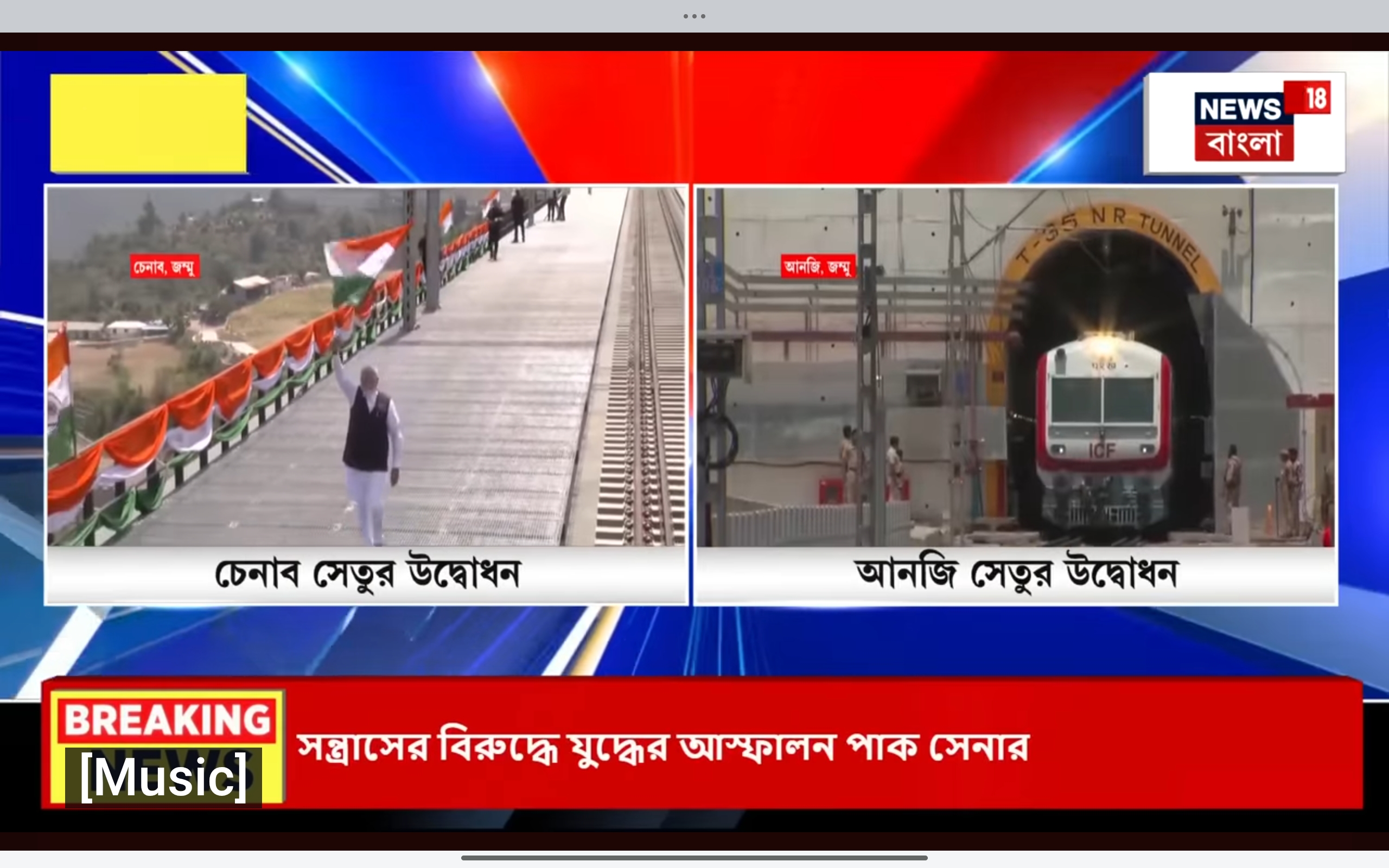Why I Started Staking on Solana — and Why My NFTs Made Me Care

- আপডেট সময় : ১১:৩০:০০ অপরাহ্ন, শুক্রবার, ২৪ অক্টোবর ২০২৫ ২ বার পঠিত

Whoa!
I started using Solana because the fees were tiny and the apps were fast. The speed felt like a breath of fresh air compared with older chains. Initially I thought staking would be boring, just locking tokens for passive yield, but then I noticed how it tied into NFT utilities and governance, and that changed my approach. Something felt off about letting my NFTs sit idle, though.
Really?
I mean, you can stake with a browser extension and still manage collectibles without moving funds across multiple apps. That convenience is underrated. At first I treated staking as purely financial — yield, APR, compounding — and I ignored the ecosystem effects. Then a project I followed started gating exclusive airdrops to stakers and my mindset shifted.
Whoa!
On one hand staking felt like locking up value; on the other hand it unlocked perks that made holding NFTs actually fun again. My instinct said, “Don’t tether everything,” but the perks were real and tangible. Actually, wait — let me rephrase that: there are good reasons to balance liquidity and long-term engagement. I’m biased, but when an NFT collection integrates with staking, you pay attention.
Hmm…
Here’s the thing. Browser wallet extensions have matured a lot in the past year. They used to be clunky and risky. Now they’re slick, with staking flows that guide you, gasless-fee displays, and clear validator choices. I tried a few, and the one that stuck for me offered a neat experience for both tokens and NFTs, which made managing rewards way less stressful.
Really?
I tested delegation, undelegation, and reward claims on mobile and desktop to compare UX. The desktop extension felt faster for batch operations, while the mobile wallet was better for quick checks on the go. That difference matters when you collect NFTs across multiple drops and need to act quickly during claim windows. (Oh, and by the way…) I lost a claim once because I was fumbling between apps — lesson learned.
Whoa!
Security matters, obviously. I prefer non-custodial setups that keep my seed phrase local and let me connect to dApps with fine-grained permissions. You want to avoid extensions that ask for blanket access; it’s a red flag. On the other hand, too many permission popups can make a wallet feel amateurish, so the UX balance is subtle and important.
Seriously?
There are also fees, validator reputations, and lockup risks to weigh. Solana’s fee structure is low, but network congestion can still make signing transactions a pain sometimes. I watched a friend get frustrated because their staking txn timed out during a drop and they missed the window — very very annoying. That drove me to adopt workflows that minimize risk: pre-stake for eligibility, use reliable validators, and keep some liquid SOL for fees.
Whoa!
Initially I thought I could just pick any validator, delegate, and be done. But actually, validator selection affects rewards, uptime, and the social value of participating in governance. Some validators run community nodes and sponsor NFT drops; others are purely financial. On one hand you want max APR, though actually supporting healthy decentralization has ripple effects that benefit the network and the value of on-chain assets.
Hmm…
Interacting with NFTs while staking introduced nice trade-offs. I found that some projects required staked SOL for staged reveals or bonus mints. That made me reframe staking as part of a collector’s toolkit, not just a yield play. My first reaction was skepticism, but then an “aha!” clicked when I realized governance and access could be bundled with financial incentives.
Whoa!
Okay, so check this out — the wallet I ended up recommending to friends offered both browser extension convenience and a mobile companion that kept NFT galleries in sync. That solved a bunch of friction points for me. It wasn’t perfect, but it was useful and felt safer than the alternatives. I’m not 100% sure it will suit everyone, but it’s been reliable for my staking + NFT workflows.
Really?
One practical tip: split your SOL. Keep a stake amount that secures your eligibility for perks and a liquid pot for fees and opportunistic buys. This is basic, but people forget it. Also, rotate validators if you notice performance dips — don’t be lazy about maintenance. Somethin’ as small as a late claim can cost you an airdrop that would have paid for gas ten times over.
Whoa!
There are UX differences between extensions too. Some show clear estimated rewards and cooldown timers; others bury that info behind multiple clicks. The best ones present validator metrics, commission rates, and historical uptime in an approachable way, so you can make an informed choice without being an expert. Honestly, that clarity is what convinced me to stick with a single extension ecosystem for a year now.

Finding the right browser extension (and my pick)
I tested several wallets and liked the one that kept things simple, supported staking natively, and treated NFTs like first-class citizens. It had clear staking flows, a smooth connect-to-dApp experience, and a mobile pair that mirrored activity. For those looking to try it out, check out solflare — their extension made the whole process less fiddly for me. I’m biased toward wallets that make staking + NFT management feel like one cohesive experience rather than a juggling act.
Whoa!
Community features matter too — validator chats, staking dashboards, and in-wallet announcements about eligible drops. These things sound small but they change behavior. At one point a validator announced a collaborator drop for their delegators and that tiny perk created a burst of engagement in the ecosystem. On one hand perks can be gamed, though on the other hand they can meaningfully increase holder participation and loyalty.
Really?
Risks are real: software bugs, phishing, and governance snares exist. Always verify extension sources, keep firmware updated, and consider hardware wallets for larger holdings. That said, for daily interactions and NFT collection management, a reputable extension is fine if you follow basic hygiene. I’m not trying to scare you; I’m just saying plan for the worst and hope for the best.
Whoa!
As a collector and staker, I’ve learned to view staking as part of my strategy rather than a separate habit. It affects liquidity, incentives, and sometimes legal considerations around token locks. It’s also a social move — delegating to community-minded validators strengthens projects you care about. Something about that felt meaningful after a while, more than the extra APY numbers on a dashboard.
FAQ
Do I lose access to my NFTs when I stake SOL?
No. Staking SOL delegates your staking rights; it doesn’t move your SOL to a custodian, and your NFTs remain in your wallet. However, some dApps require certain staking statuses for eligibility, so plan accordingly.
Is a browser extension safe for staking?
A reputable, well-audited extension that keeps private keys local is generally safe for everyday use. For large holdings, consider a hardware wallet. Always verify downloads and avoid sharing seed phrases.
How do I choose a validator?
Look at commission, historical uptime, community involvement, and whether they run any initiatives that match your interests. Diversify if you want to spread risk, and re-evaluate periodically.






